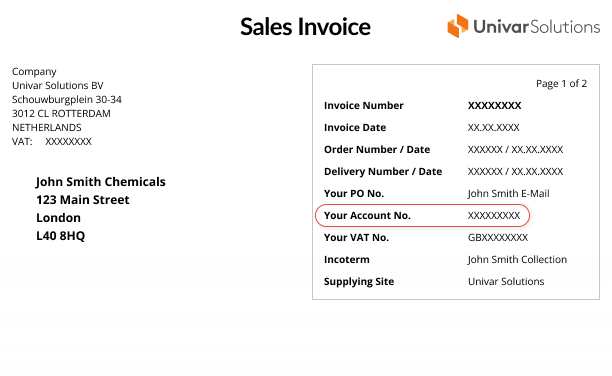We’re here to provide you with more information or help answer any questions you might have. Send us a note and we’ll get back to you as soon as possible.


At a glance: Key concepts behind sustainable surfactants
As we seek more and better ways to work together to keep global communities healthy, fed, clean, and safe, sustainable or "eco" surfactants have a leading role to play, with the potential to unlock tremendous value for suppliers and manufacturers alike.
When formulating with naturally derived eco surfactants, numerous factors come into play to achieve successful outcomes. This glossary focuses on 20 key concepts to know when considering and specifying sustainable surfactants in your product.
From understanding circular economies to ecotoxicity and upcycling, we have you covered.
1. 100% bio-based surfactant
Indicates >95% natural, plant- or nature-derived and renewable feedstocks, or that the product is made from bio-based raw materials derived from a natural origin, indicating that these can be regrown as a renewable resource.
According to the European Commission, bio-based products are wholly or partly derived from materials of biological origin, excluding materials embedded in geological formations and/or fossilised. Enzymes are used in industrial processes in the production of chemical building blocks, detergents, pulp and paper, textiles, etc. Fermentation and bio-catalysis helps producers achieve higher process efficiency by decreasing energy and water consumption and reducing toxic waste.
2. Active surfactant matter (ASM)
Refers to the percentage concentration of the actives in the surfactant. Most surfactants do not arrive as pure ingredients but are diluted in water. An ASM of 30% means the ingredient is 30% active surfactant and 70% water.
3. Biodegradability, degradability
Regardless of whether a surfactant is derived from natural or synthetic sources, its ability to decompose is a critical sustainability consideration. Criteria vary by markets and geography.
In the EU, surfactants of all types (anionic, cationic, nonionic, amphoteric) must comply with the EU Regulation (EC) No. 648/2004 (and amendments) on Detergents if they are to be formulated into detergent products meeting criteria of Ultimate Biodegradability (or Primary Biodegradability under a derogation). The criterion for ultimate biodegradability is 60% mineralization ("ultimate biodegradation" into carbon dioxide, water and mineral salts) within 28 days. A derogation may be requested for surfactants in detergents used in special industrial or institutional sectors that do not fulfill the criterion of ultimate biodegradation within the stipulated period. For this purpose, formulators must prove the level of primary biodegradability of surfactants within the given period is at least 80%.
Univar Solutions' Safety Data Sheets (section 12) show if a surfactant is biodegradable in compliance with the EU Regulation (EC) No. 648/2004 (and amendments) on Detergents.
The Detergents Ingredients Database shows a surfactant's level of degradability under aerobic/anaerobic conditions. Customers can choose which types give better profiles for their application.


4. Biomass
Refers to plant- and animal-derived materials that constitute an alternative organic feedstock to crude oil and natural gas. Integrated harvesting, production and management methods around biomass constitute an important topic of improved sustainability, from reducing dependence on fossil fuels to diverting food and other green waste from landfills to create and manufacture new and improved products.
5. Carbon impact, carbon footprint
Balance between carbon absorption and emission including sourcing, production, transportation, storage, and kind of energy use along different steps, and use (for example, heating required to extract from containers or to process into solution).
6. Circular economy
Refers to a cradle-to-cradle model of take-make-regenerate rather than the traditional one-way produce-use-dispose model. Relies on the value of resources being maximized indefinitely by minimizing or eliminating use of natural resources and unrecoverable waste at all points along the value chain.
7. Competition for resources
As the world increasingly competes for scarce resources to solve complex world problems, the potential for conflict arises. Does this material compete with other applications that might be considered more important in the bigger picture? In such a case, for example, food and pharmaceutical applications potentially trump cleaning and beauty applications.
8. COSMOS, COSMetic Organic and Natural Standard
Sets certification requirements for organic and natural cosmetic products in the EU. Considered a globally recognized standard within beauty and personal care markets.
9. EU Ecocert
Certifies products and services to promote circular economy best practices. A leading EU certifier across multiple markets and industries, but particularly food and food products, cosmetics and personal care, detergents and cleaners, and textiles



